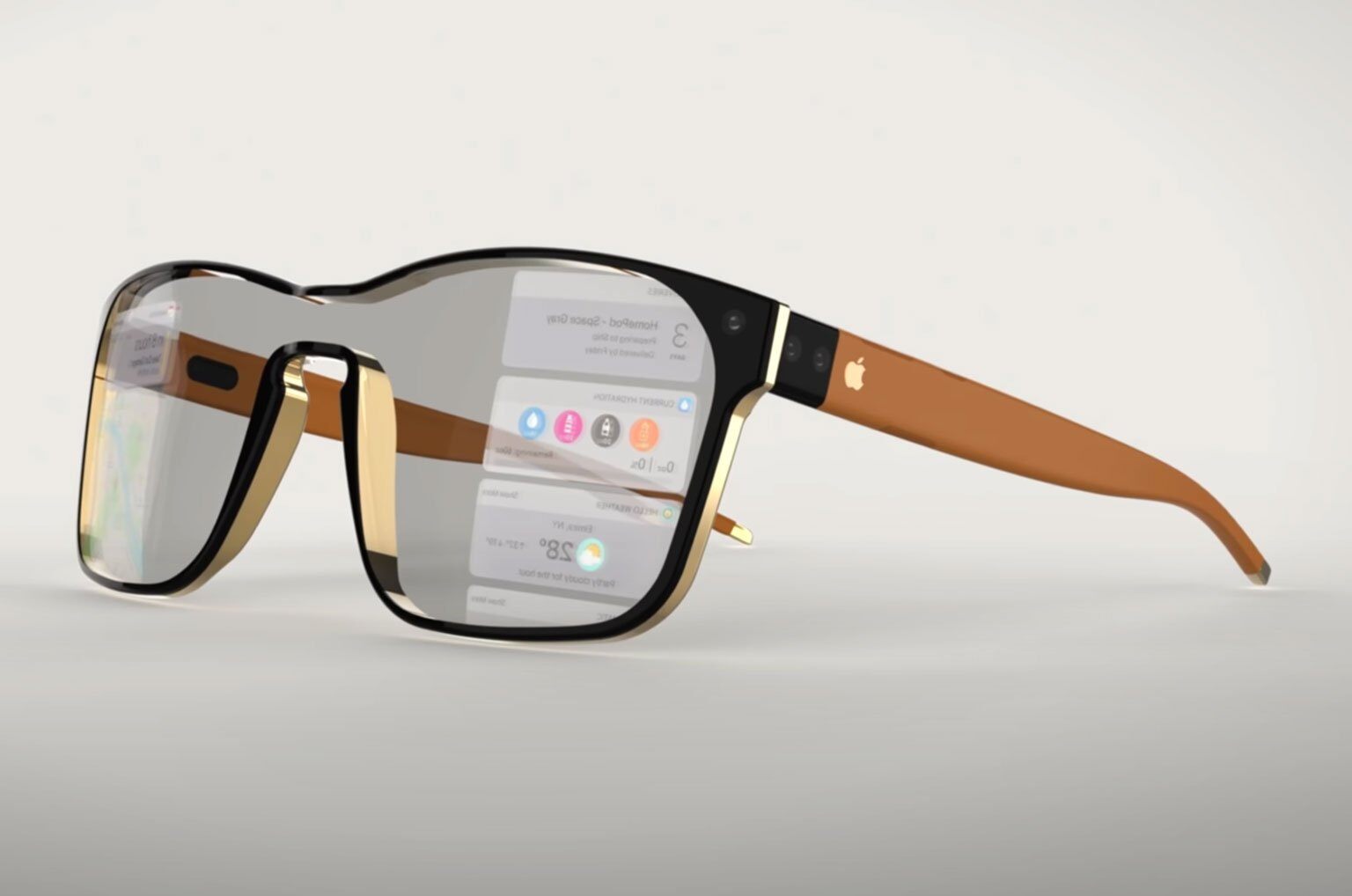
Phone Tech moves to AR glasses, which means big changes for Retail!
Acceleration of AR tech is here at last, which could see phones replaced with AR glasses and retail innovation leaping forward.
We all know that Apple and Google both want to replace our wallets with their phones but after that its phones with glasses, for those who don’t mind a little facial fashion!
Ultimately the success of this goes back to customer convenience – how they want to interact with brands and how they want to spend their money. A whopping 76% want to use it as a “tool” in their everyday lives. According to Google’s 2019 AR Survey, 66% of people are interested in using AR for help when making purchasing decisions. That subtle move from decisions to purchasing is a very small step.
On the retailers side, the best point is that AR allows customers to preview what something would look like in their space, or on their body, as though they were actually in front of that product in a store.
Lowering return rates as we have seen in the pandemic is the secret to growth as a retailer. Avoiding returns must not be underestimated as a killer to profit. Increased customer confidence is the hope with lower return rates - 27% of consumers returned goods because they were “not as described.”By 2025, over 50% of all smartphone users in the US are projected to use mobile payments in stores. Between Apple and Google their devices will be able to do just about anything bigger and better, including syncing your legal docs, your doctors records, your purchases (goes without saying) and your camera will be levelled up. It will be able to scan goods for real-world objects meaning you can scan and shop an object.
Right now smart glasses can currently do almost everything that smartphones can do, with the added benefit of eye-tracking that can make AR even easier to use.
The CEO of Nokia says that:
‘Smart glasses and other IoT-enabled devices will become the norm when 6G arrives by 2030. Cumbersome smartphones will go by the wayside and common interfaces will be built “directly into our bodies.”
Tom Cruise and his team thought of this decades ago in that film Minority Report and I’m sure others did too, so it’s about time we ‘made art a reality’.
Currently the Cicret bracelet is on the market, which is softening up consumer audiences to become accustomed to wearable technology. Fitbits and on everyone’s wrist. Its all part of the ultimate play to connect ourselves to technology and to each other and our needs.
Retail is about disruption and therefore innovation is at the heart of this
– this technology is set to be the area of focus for retailers wanting to engage in new ways with new advantages. Brand are all about conversions and for us as technology experts we do wonder how this tech will deliver to current levels and we can ensure its delivery brillaintly.
Shopify’s internal numbers indicate that it has strong potential. But if we consider that simply adding video lifts conversion by 60% and 3D content in stores sees a 94% conversion lift, on average, its going to be fascinating to see.
Sources: www.shopify. GWI. Google.